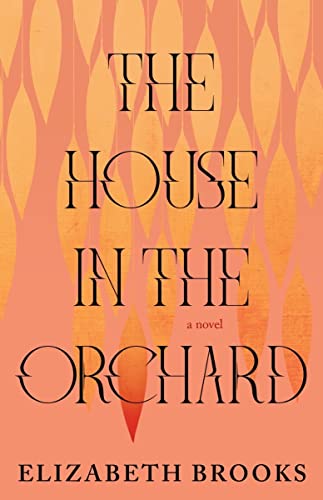The House in the Orchard
This novel opens and concludes in 1945, as Peggy finds and reads a diary in the old house in the English countryside that she and her young son have recently inherited. Both house and diary had belonged to the elderly Maude Gower, who recently died. The diary, written in 1876 when Maude was fourteen, details her experiences the year both her parents died and she was sent to live with Miss Greenaway in the old house in rural England.
Everyone in Maude’s family is suspicious of the shadowy Miss Greenaway, but she treats Maude with kindness and affection, both of which had been very rare in her life with her family. Only her older brother Frank had shown her any affection, and this in an offhand, callous way. Nonetheless she adores Frank and arranges to meet him in nearby Cambridge where he is a lazy and disinterested medical student. Frank falls in love with Miss Greenaway.
The author has created a novel of strong but understated tension, building to a satisfying climax. Its power lies in the inexpert diary narration of a sheltered, somewhat innocent but highly intelligent and imaginative girl. She writes the truth as she sees it, but her reliability is in question as the reader increasingly looks for the subtext between the lines. In addition to a powerful story, the author includes references to the opinion of the time, savagely articulated by Frank, that an intelligent and educated woman is an anathema, bound to end up in the worst of all possible conditions—spinsterhood.










